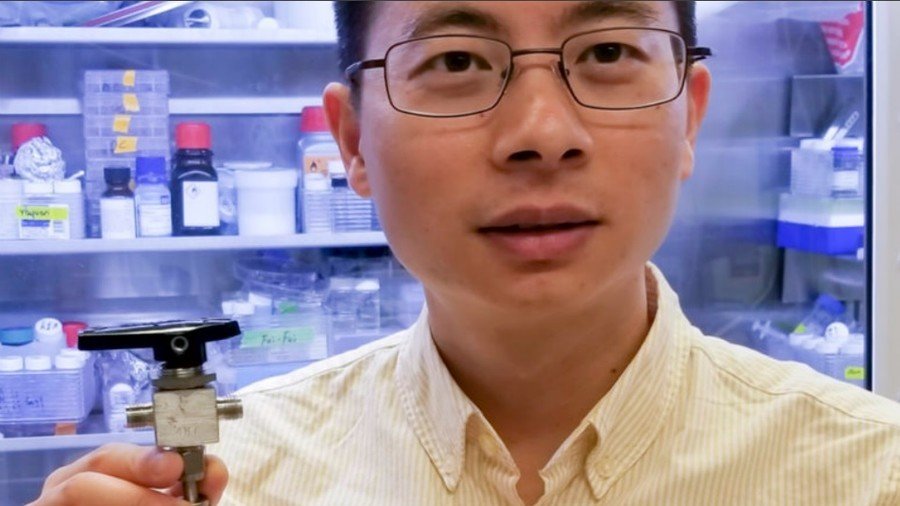New water-based battery can store wind and solar energy for pennies

Scientists have developed a water-based battery that can store power generated by wind and solar energy. The battery could solve issues with storing renewable energy, reducing dependence on fossil fuels, and it will be cheap.
Stanford scientists revealed the manganese-hydrogen battery in a research paper published in the journal Nature on Monday. The battery has the ability to store wind and solar energy until it’s needed.
The prototype battery is three inches tall and generates 20 milliwatt-hours of electricity. Although the output is currently modest, the researchers are confident they can apply the prototype to an industrial-grade level that could allow the battery to be recharged up to 10,000 times. This would give the battery a decade-long lifespan.
New, manganese-hydrogen #battery splits water to store #renewable energy cheaply. Researcher sees cost below 1 cent/kWh. Potential missing piece in fight against #climate. @Stanford: https://t.co/nVYjINtnAP#hydrogenpic.twitter.com/mayGxHmVKS
— Stanford Energy (@StanfordEnergy) May 1, 2018
“We believe this prototype technology will be able to meet Department of Energy (DOE) goals for [making] utility-scale electrical storage practical,” explained Yi Cui, a professor of materials science at Stanford.
The battery uses a reversible electron exchange reaction to store the energy, using cheap manganese sulfate, or industrial salt. The salt is dissolved in water, where it can interact with electrons coming into the battery.
“What we've done is thrown a special salt into water, dropped in an electrode, and created a reversible chemical reaction that stores electrons in the form of hydrogen gas,” Cui said.
Cui hopes to patent the process as the team works to reduce the cost of the battery.
“We have identified catalysts that could bring us below the $100-per-kilowatt-hour DOE target,” he said.
The development would nearly half battery costs, with lithium ion battery packs currently priced at around $209/kilowatt-hour.
Like this story? Share it with a friend!














